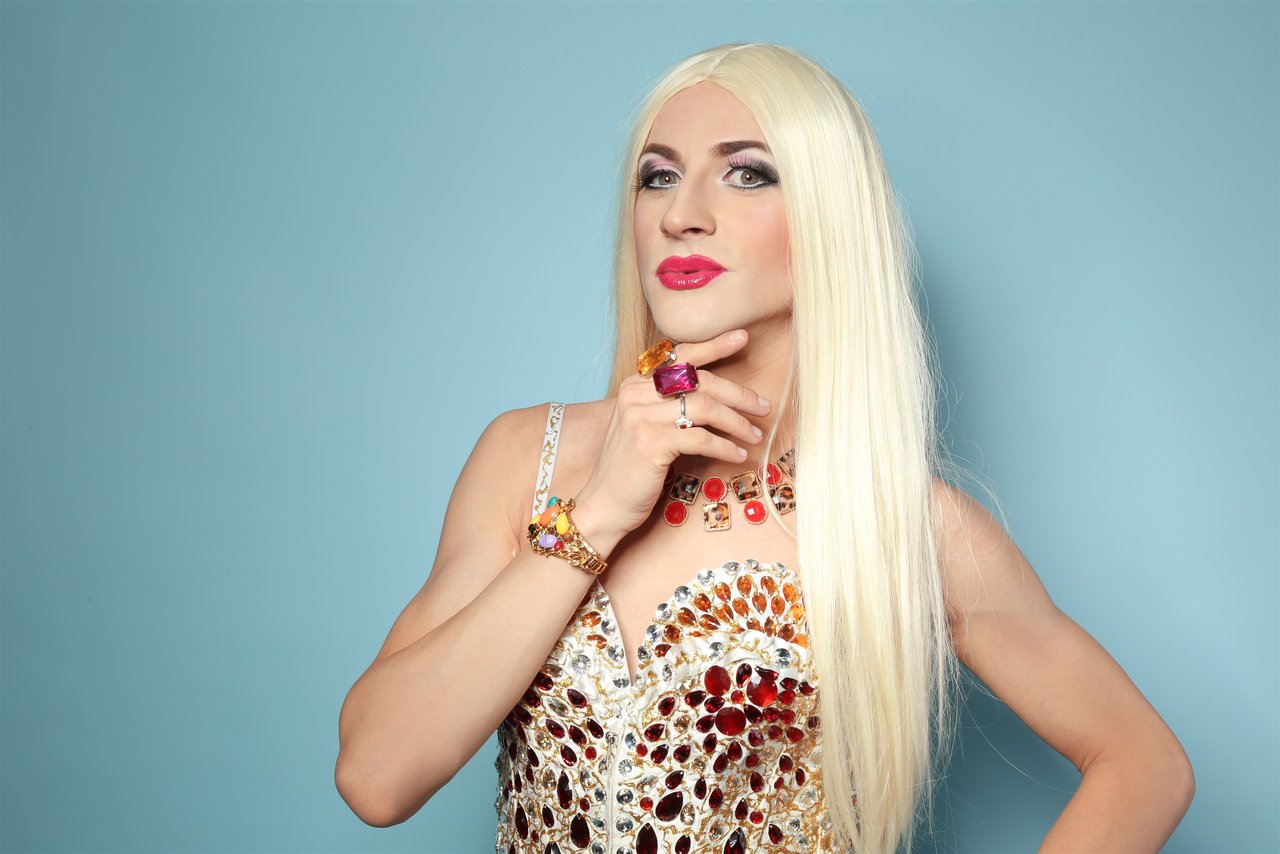Stepping Into The Room: First Impressions And Expectations
Walking into a gay dating event carries a weight of anticipation and doubt. The air hums with the silent question—will this be different? A gay writer doesn’t just observe; they dissect every glance and conversation, peeling back social veneers to glimpse what’s real. Expectations are a tangle of hope and cynicism shaped by years of personal experience and writing about love’s complexities. The crowd offers a collage of stories: some eager, some guarded. Everyone wears a mask, but beneath, the hunger for genuine connection pulses hard. This mix of vulnerability and bravado defines the event’s energy. A writer notices the micro-interactions—the subtle shifts in tone, body language, and the unvoiced fears—and immediately wonders how many faces are hiding loneliness beneath the smiles. For anyone stepping into a dating event, this moment holds the silent question: are you ready to risk exposure? And more importantly, do you know what you’re looking for here, beyond just a date? Understanding this sets the tone for everything that follows.
 日本語
日本語 English
English




